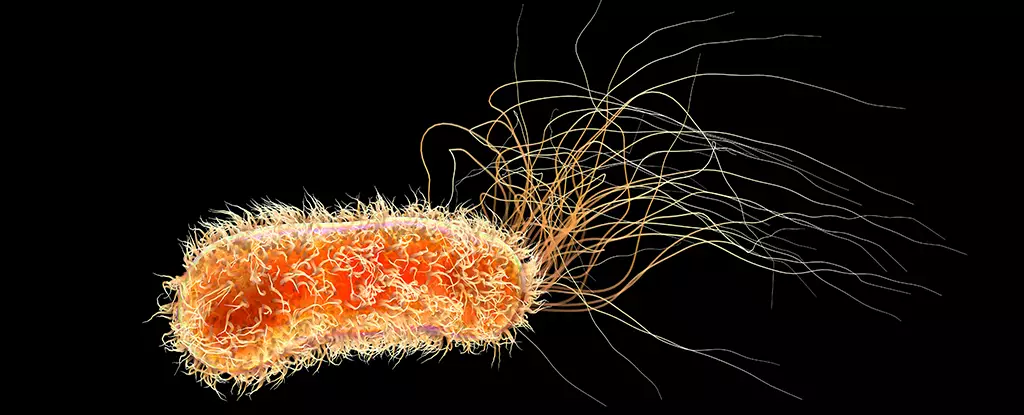Pseudomonas aeruginosa, a common gram-negative bacterium, has earned its reputation as a formidable adversary in the microbial world. While many encounter this microbe without consequence, it has the ability to exploit vulnerabilities in our defenses and cause severe infections. Recognized as a priority 1 pathogen by the World Health Organization, P. aeruginosa poses a significant threat to human health.
A team of international researchers, spearheaded by scientists from the University of Cambridge, delved into the evolutionary history of P. aeruginosa to shed light on its pathogenic nature. Through genetic analysis of 596 closely related strains, derived from diverse sources ranging from human to environmental samples dating back to 1900, the researchers identified 21 strains responsible for the majority of infections. The rapid evolution of these strains over the past two centuries has transformed P. aeruginosa into a dangerous infectious agent.
With over half a million deaths attributed to P. aeruginosa infections annually, combating this bacterium is a formidable challenge. Its extensive antibiotic resistance mechanisms, coupled with its ability to thrive in various environments, including healthcare settings, make it a persistent threat. Particularly concerning is its impact on individuals with chronic lung diseases like cystic fibrosis (CF), where certain strains have evolved to exploit compromised host immunity.
The ability of P. aeruginosa to adapt and thrive in extreme conditions is exemplified by its affinity for CF patients. By developing targeted strategies to evade the immune system and establish residency within host immune cells, these strains showcase the bacterium’s adaptive prowess. Moreover, the exchange of resistance factors among strains highlights its capacity for evolutionary innovation, enabling it to continuously refine its survival tactics.
The findings underscore the critical need for enhanced screening and isolation measures to prevent the spread of highly resistant forms of P. aeruginosa. Understanding the bacterium’s strengths and evolutionary trajectory is essential for devising effective strategies to mitigate its impact on public health. While P. aeruginosa may remain a formidable opponent, awareness of its capabilities is crucial in curbing its potential to evolve into an even greater threat.
Pseudomonas aeruginosa stands out as a stealthy villain in the microbial world, exploiting vulnerabilities and evolving rapidly to pose a significant threat to human health. By unraveling its evolutionary history and understanding its adaptive strategies, we gain valuable insights into combatting this formidable adversary. Through continued research and vigilance, we can strive to stay one step ahead of P. aeruginosa and prevent it from becoming an increasingly dangerous force in the realm of infectious diseases.


Leave a Reply